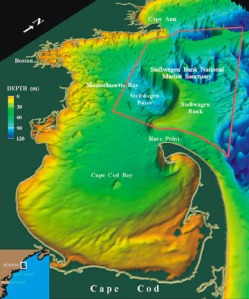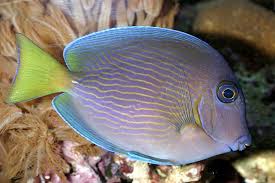Went out on the 12 o’clock whale watch from the New England Aquarium, with the intention of just getting out to see some whales and see what they do, but with the hopes of even the smallest glimpse or sign of a North Atlantic Right Whale.
After boarding the Aurora and getting off the dock soon after 12, I kept my eyes on the horizon, but saw little aside from a few sea gulls. The people were distracting and moving at such high speed, the wind does try to get in the way.
Arriving at Stellwagen bank around 1:10 we dramatically reduced our speed. For weather we had a 7/8 cloudy sky, 0-2 kts of wind, 0-1′ seas and it was warm, about 75 degrees farenheit. Our first sighting was of a blue shark, which quickly went into the boats wake and submerged. My first sighting of a shark in the wild and I only barely even saw anything.
Just as Cape Cod is the remnants of a glacier’s terminal moraine, Stellwagen Bank was glacially deposited as well, a very sandy sea floor that also receives a lot of nutrients that upwell from the deeper waters surrounding the bank. A very coarse sand on the floor of Stellwagen, it is a perfect home for Sand Lance (aka Sand Eel), a small fish that the whales that visit love to eat but that buries itself in the sea floor and can require a good bit of effort to get at.



